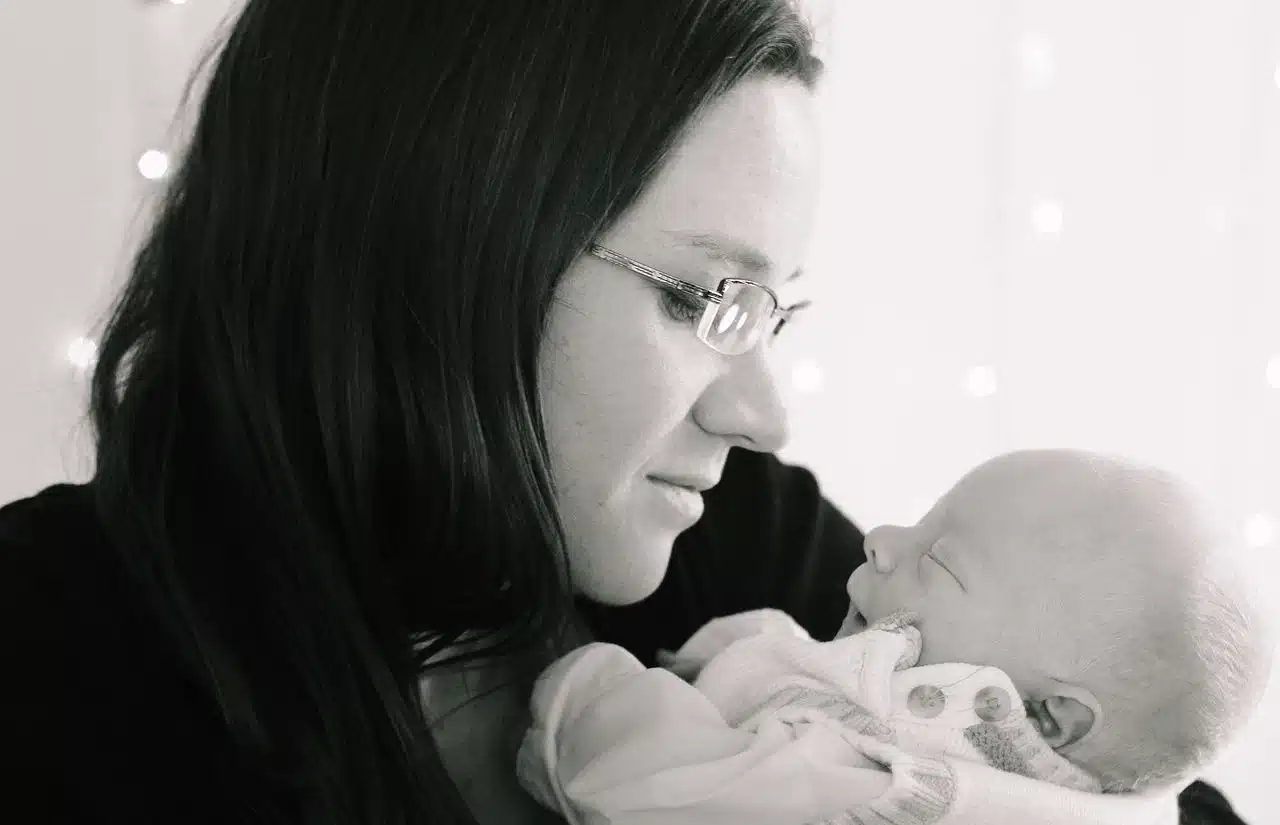
The puerperium is the stage a woman goes through from giving birth until she recovers her pre-pregnancy state.
Puerperium is a concept that has its etymological origin in puerperĭum , a Latin word. The notion allows us to name the stage that a woman goes through after giving birth and before recovering the same state she had before becoming pregnant .
The puerperium is also known as quarantine , since the approximate time it takes for a woman to recover is forty days . That is the period it takes for the readaptation of the reproductive system and the return of hormonal levels to the conditions that existed before pregnancy.
Types of puerperium
It is important to keep in mind that the puerperium is a critical period for women's health . It begins with the immediate postpartum, made up of the two hours that follow delivery. When recovery takes place through normal pathways, it is called a physiological puerperium . On the other hand, if complications or alterations arise, the doctor will diagnose a pathological puerperium .
One of the problems that can appear during the postpartum period is hemorrhages . The health professional must also analyze any injuries in the areas linked to childbirth and check that infections do not occur.

The puerperium can be physiological or pathological.
Main changes
Among the normal processes that are part of the puerperium are the slowing of heart rate, the reduction of hemorrhoids, the readjustment of the urinary system and various anatomical changes derived from pregnancy and childbirth itself. Let's look at some of these changes in detail:
- Water is eliminated : the tissues undergo an increase in water during pregnancy, which is eliminated throughout the first stage of the puerperium through sweat and urine, which increase, allowing the body to discard around two liters. . Together with blood loss, expulsion of uterine contents, lactation, and involution of the reproductive system, a woman loses approximately one-eighth of her weight.
- The circulatory system is modified : the fatigue of childbirth generates an increase in heart rate, which returns to normal during the postpartum period. In some cases, it may slow down, which is known as puerperal bradycardia . Likewise, the veins regain their strength and, although they still hurt, the hemorrhoids deswell during the first week.
- Hormonal normalization : the puerperium is the period in which the woman recovers the normal number of estrogen hormones. The functioning of the endocrine glands also returns to normal, after the typical hyperactivity of pregnancy. Milk production is stimulated immediately after childbirth thanks to the secretion of prolactin by the pituitary gland.
- Recovery of the abdomen : the abdominal area recovers its original volume, which has a positive impact on the mobility of the diaphragm and, consequently, on the respiratory system . There may be slight dilation in the intestine and stomach, and a slight slowing of digestive function. During the first part of the puerperium, women usually do not feel much appetite, although they do feel very thirsty. The normalization of appetite occurs before that of intestinal activity.
- Normalization of the urinary system : the kidneys must endure considerable effort throughout the first part of the puerperium. The bladder's capacity grows to recover from the compression to which it has been subjected during pregnancy, and emptying improves slowly, with some difficulty at first. Approximately 3% of women suffer from inflammation in the bladder due to urine stagnation.
- During the puerperium, women can also suffer from so-called postpartum depression , a series of psychological alterations linked to changes in hormone levels.
